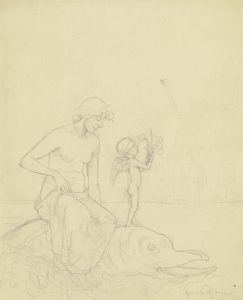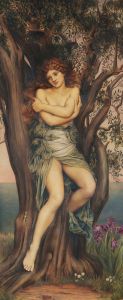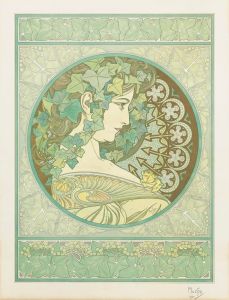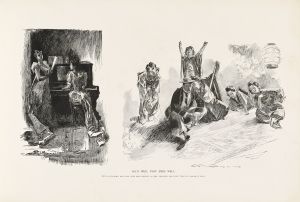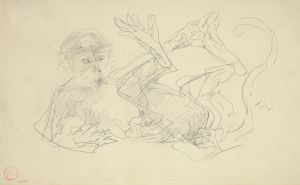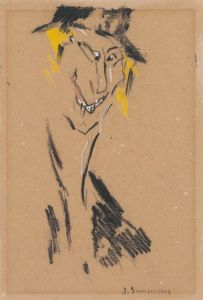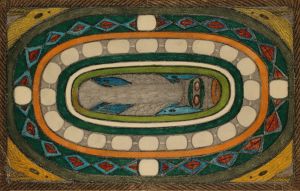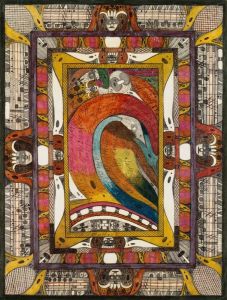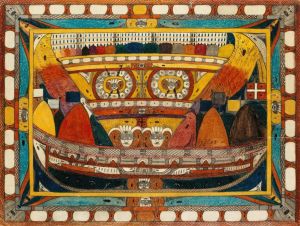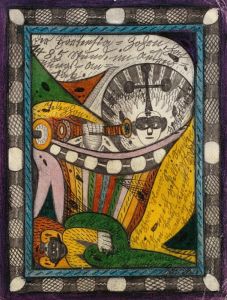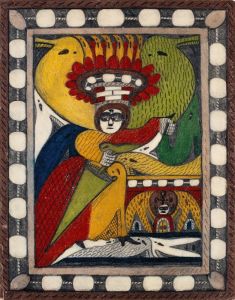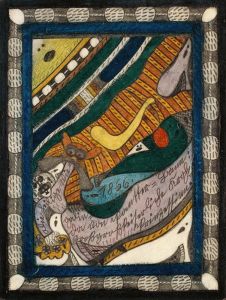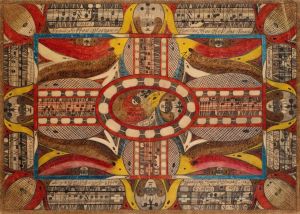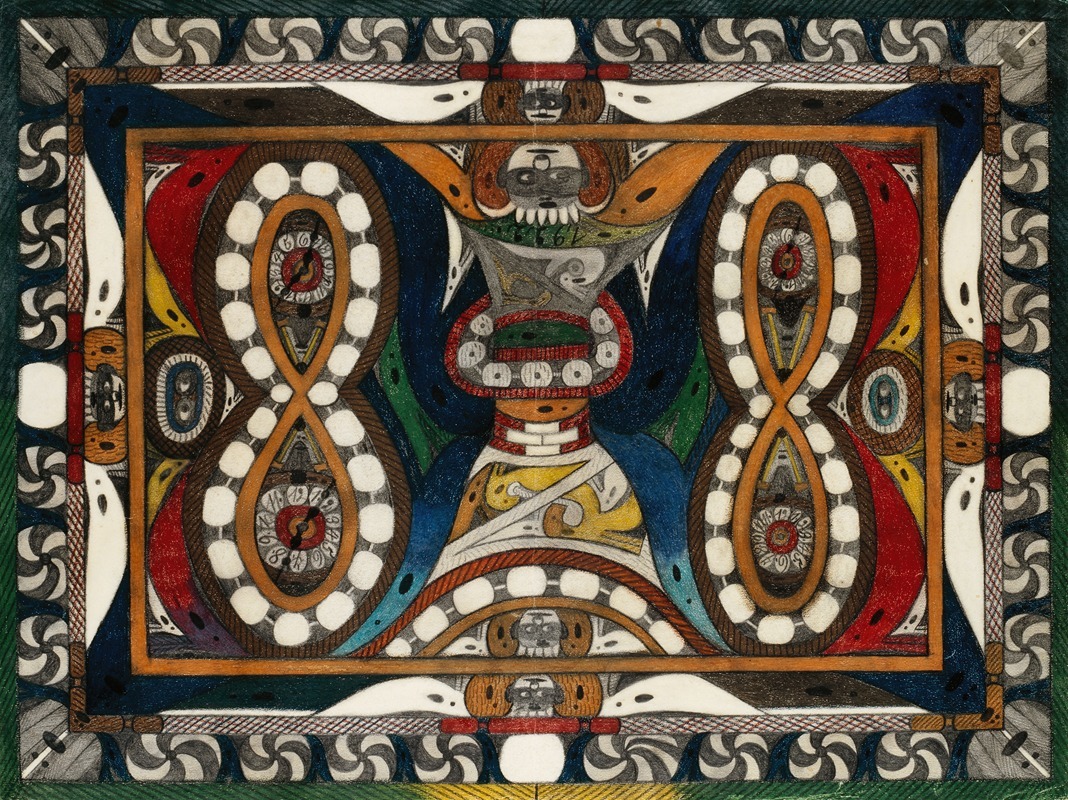
Wand=Uhr=Schlange
A hand-painted replica of Adolf Wölfli’s masterpiece Wand=Uhr=Schlange, meticulously crafted by professional artists to capture the true essence of the original. Each piece is created with museum-quality canvas and rare mineral pigments, carefully painted by experienced artists with delicate brushstrokes and rich, layered colors to perfectly recreate the texture of the original artwork. Unlike machine-printed reproductions, this hand-painted version brings the painting to life, infused with the artist’s emotions and skill in every stroke. Whether for personal collection or home decoration, it instantly elevates the artistic atmosphere of any space.
Adolf Wölfli (1864–1930) was a Swiss artist known for his intricate and highly detailed drawings, which he created while institutionalized for schizophrenia. His work is often associated with the Art Brut or Outsider Art movement, which encompasses art created outside the boundaries of official culture, particularly by individuals in psychiatric hospitals.
One of Wölfli's notable works is "Wand=Uhr=Schlange" (translated as "Wall=Clock=Snake"). This piece exemplifies Wölfli's unique style, characterized by dense, repetitive patterns, fantastical imagery, and a combination of text and illustration. Wölfli's art often included autobiographical elements, imaginative narratives, and complex symbolic systems.
"Wand=Uhr=Schlange" is a prime example of Wölfli's ability to merge various elements into a cohesive and visually compelling composition. The title itself suggests a fusion of disparate objects—a wall, a clock, and a snake—reflecting Wölfli's tendency to blend reality with fantasy. His works frequently feature such amalgamations, creating a surreal and otherworldly atmosphere.
Wölfli's artistic journey began in earnest after he was committed to the Waldau Clinic in Bern in 1895. Diagnosed with schizophrenia, he spent the remainder of his life in the institution. It was there that he began to draw and write prolifically, producing an extensive body of work that includes drawings, musical compositions, and literary texts. His creations were often part of larger series, with each piece contributing to an overarching narrative.
"Wand=Uhr=Schlange" is part of Wölfli's broader oeuvre, which includes the monumental "St. Adolf-Giant-Creation," a semi-autobiographical epic that spans thousands of pages and includes numerous illustrations. In this magnum opus, Wölfli reimagines his life story, transforming himself into a heroic figure and constructing elaborate, fantastical worlds.
Wölfli's work was largely unknown to the public during his lifetime, but it gained recognition posthumously, thanks in part to the efforts of psychiatrist Walter Morgenthaler. Morgenthaler, who worked at the Waldau Clinic, was one of the first to recognize the artistic value of Wölfli's creations. In 1921, he published "Ein Geisteskranker als Künstler" ("A Psychiatric Patient as Artist"), which brought Wölfli's work to the attention of the art world.
Today, Wölfli is celebrated as a pioneering figure in the field of Outsider Art. His works are housed in several prominent collections, including the Adolf Wölfli Foundation at the Museum of Fine Arts in Bern, Switzerland. "Wand=Uhr=Schlange," like many of his pieces, continues to captivate audiences with its intricate detail, imaginative scope, and the poignant story of its creator.
Wölfli's legacy endures as a testament to the power of creativity and the human spirit, even in the face of profound mental illness. His art offers a window into his inner world, providing insight into his struggles, dreams, and extraordinary imagination.





